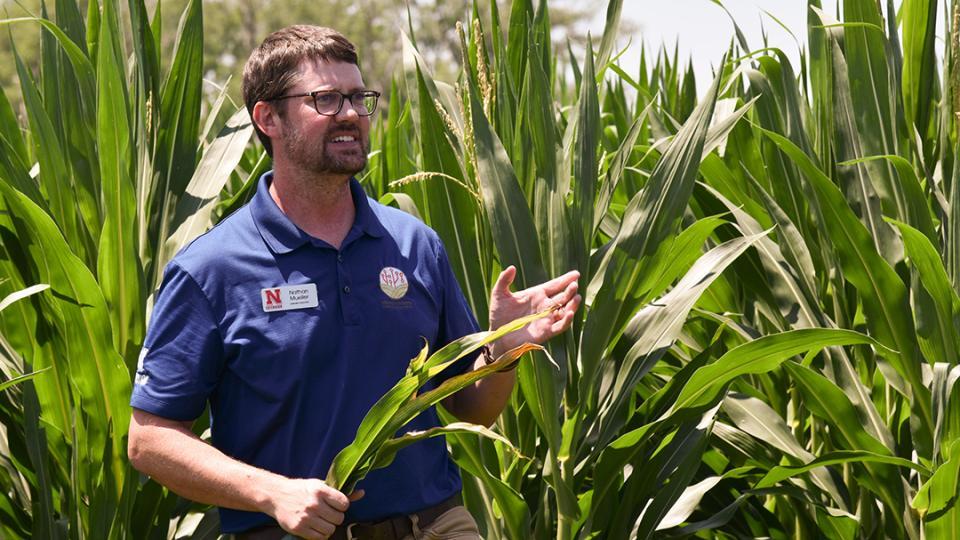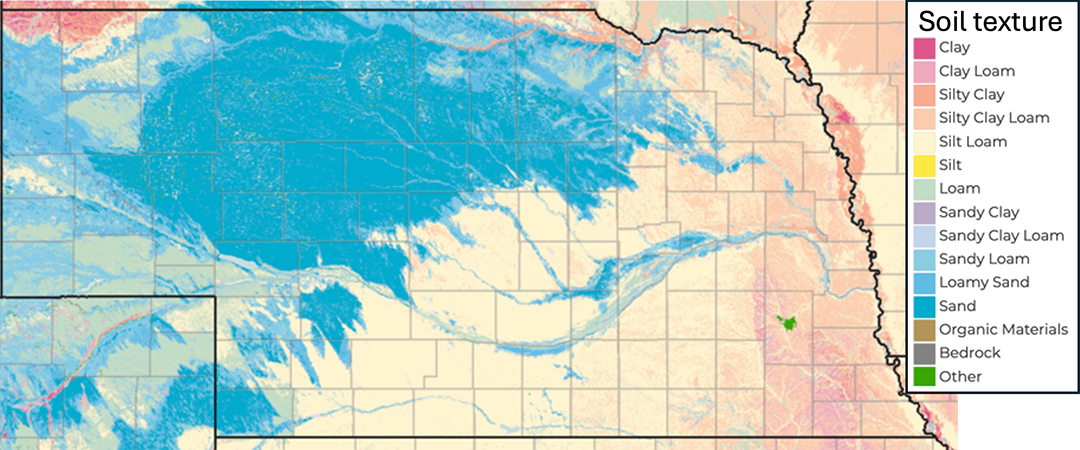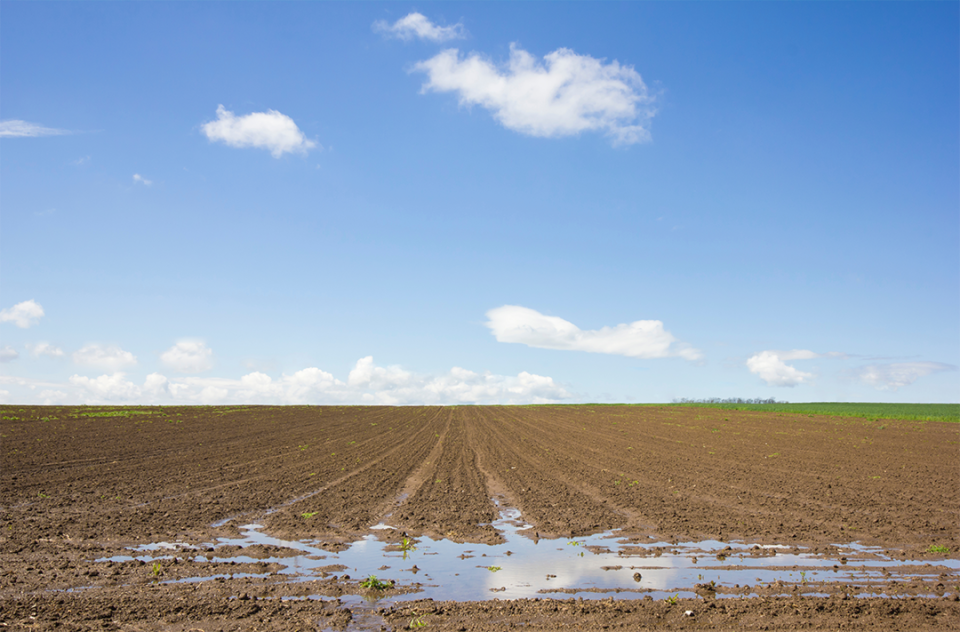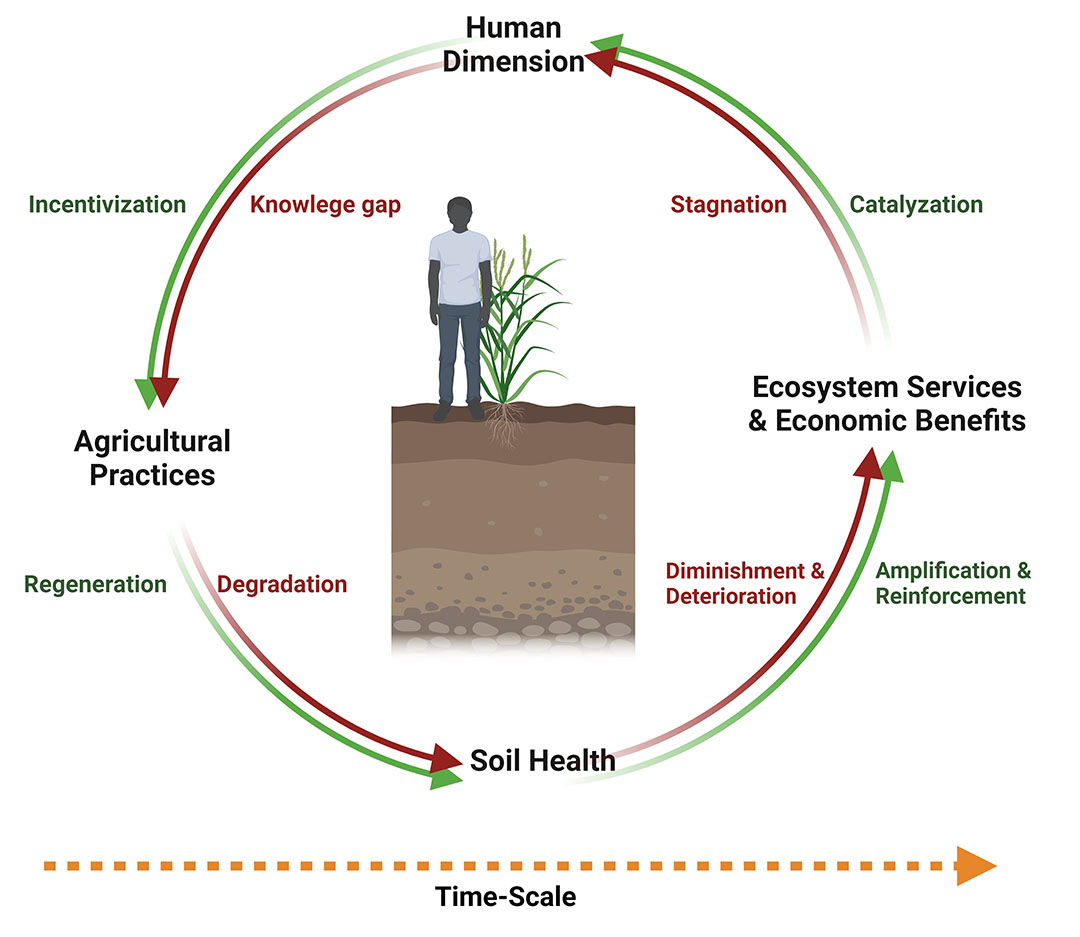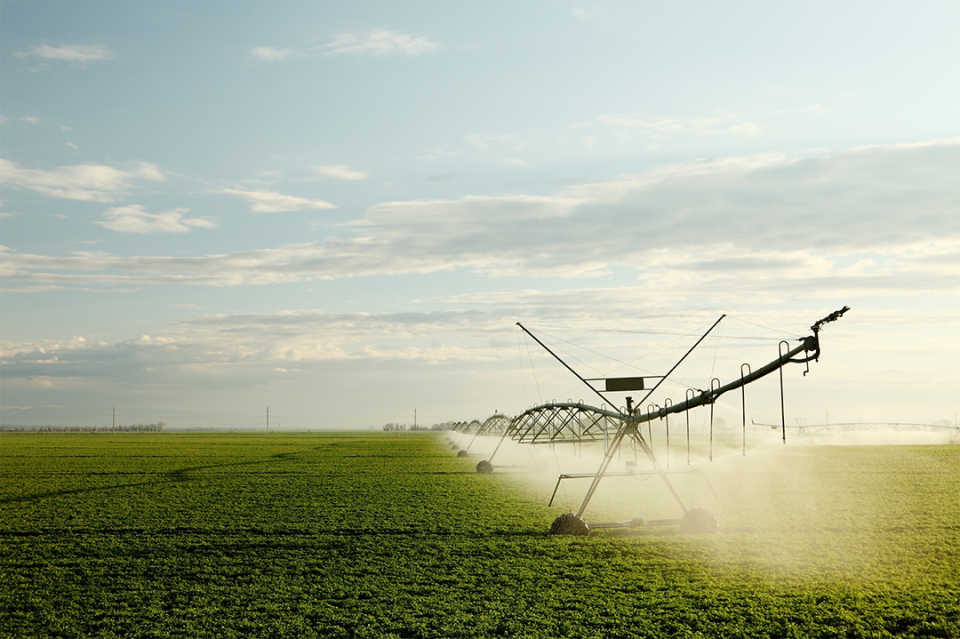Agricultural Production
Crop Production
Soil & Water Management
Various soil and water management practices exist which will minimize soil loss and evaporative water loss, while providing a good environment for crop establishment.
Sign up for updates from UNL Water
